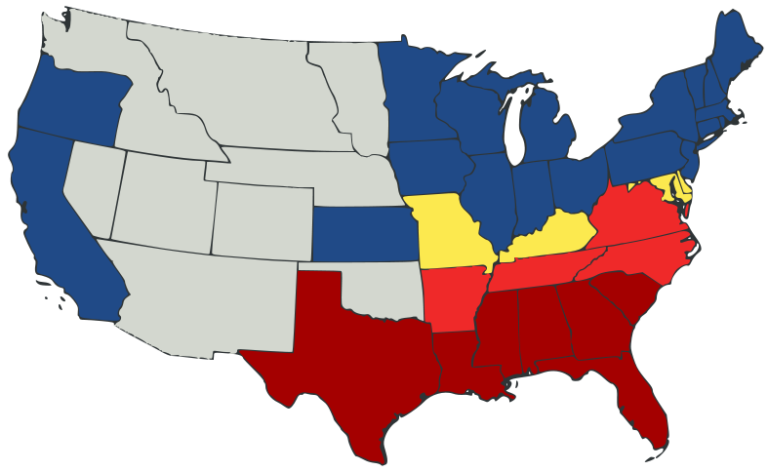ISO Documentation
In the “old days,” documentation seemed to be a burden for many organizations. With the 1993 edition of ISO 9001 (9002 & 9003), 9001 called for some 19 documented procedures. Typically, a consultant would arrive and begin the work; most times without consulting the people involved. A very formal document would emerge; many using a military numbering system.
Since digital data storage was not the norm, big notebooks were prepared and distributed. (Or, as Dilbert said, “a big honking binder.”). Three problems arose: keeping the binder up to date; keeping it accessible and ensuring that employees were aware of changes. A myth was also circulating: EVERYTHING needed to be documented! Many justified this by saying, “what if everybody left the organization? We need this for new people.” I don’t know if that ever happening.
One example of documenting everything was a procedure for delivering the mail. This was justified by saying it was needed when the receptionist was out.
Elaborate Quality Manuals were written. Many replicated the standard and were useless, non-value added. Some were long (90 pages) and most could not be used for a Stage 1 document review.
People in the organization blamed all this nonsense on ISO 9001. (“The standard makes us do that.” When questioned, these folks had not read the standard.). There was a note in the standard that was both illuminating and ignored (after all, it was just a note): This note gives a framework for the extent of documentation – The size of the organization and the type of its activities, processes, products, and services; – The complexity of the organization’s processes and their interaction; and, – The competence of the people in the organization. This framework is still of value!
Document and record control was also an easy nonconformance for auditors. Somewhere there was an uncontrolled document. It could be a note on a machine, a record used with the wrong revision, or an outdated print.
Then came the 2000 revision. That specific revision threw a curve in document control. The standard called for only 6 required documented procedures. Since all organizations had these, they were free to cut out what was unnecessary. The 2000 standard was also process-based and following the Plan-Do-Check-Act format. The silos were flipped on their sides. Now an organization had to identify in-puts, through-puts, and outputs. Many organizations asked their people to flow chart their processes and they discovered that this was more than adequate for documentation. However, an in-depth examination of the process approach showed that many organizations (or, managers) did not really understand this approach. Therefore, in 2008, an ISO 9001 standard was published, not as a revision but, as a clarification for 2000. Edition.
We can provide consulting and documentation support for the following standards:
- ISO 9001
- ISO 14001
- ISO 13485
- ISO 27001
- ISO 20000-1
- ITAR
- ISO 17025
- ISO 41001
- ISO 22000
- ISO 50001
- ISO 45001
- IATF 16949
- Automotive Core Tools (APQP/CP, PPAP, FMEA, MSA & SPC)
- AS9100D, AS9101, AS9102, AS6081
Some services include:
- Complete ISO System Implementation Support and Consulting
- Documentation Clean-ups and System Re-starts
- Standard Interpretation Consulting
- ISO Standard-Specific Training
- ISO Outsourced Internal Audits
- ISO Internal Auditor Training and Coaching, per ISO 19011
The 2015 edition of ISO 9001 moved the quality management community further away from a documentation focus to the concept of “output matters.” Putting the standard more into an alignment with the business of the organization. All mandatory documented procedures were eliminated. Now, organizations can document the processes they feel are necessary. While certain records are to be “retained,” the organization is free to create process documents that are determined to be necessary for the effectiveness of the organization. Also, since most organizations use a digital mechanism for information, the terms “document and record” were merged as “documented information.”
However, you can use whatever terminology you wish. If you currently have a quality management system, this may be a good time to simplify your documentation. If you are just starting out, remember “real people write real documents.” Let the people who own the process write, or use a flowchart for, the process document.
With IQC – the ISO Professionals, you’ll get all of the information and the proper training that you need to go on with the industry you are in! Here are the ISO Standards we can help you with:
- Asset Management ISO 55001
- Automotive Core Tools
- Automotive IATF 16949
- Body Armor BA 9000
- Capability Maturity Model Integration
- CMMC
- Counterfeits AS6081
- Energy ISO 50001 and SEP
- Environmental ISO 14001
- Ethical Sourcing SQFI
- Facility Management ISO 41001
- Food Safety Modernization Act FDA FSMA
- Food Safety ISO 22000
- Forestry SFI ATFS
- Gluten-Free Certification
- Info Security ISO/IEC 27001
- International Traffic in Arms Regulations, ITAR
- IT Service ISO/IEC 20000-1
- Laboratory Accreditation ISO 17025
- Medical Devices ISO 13485
- Occupational Health and Safety Management System
- Packaging ISO 15378
- Quality ISO 9001
- Responsible Care RC14001
- Supply Chain ISO 28000
- Telecommunications TL 9000

